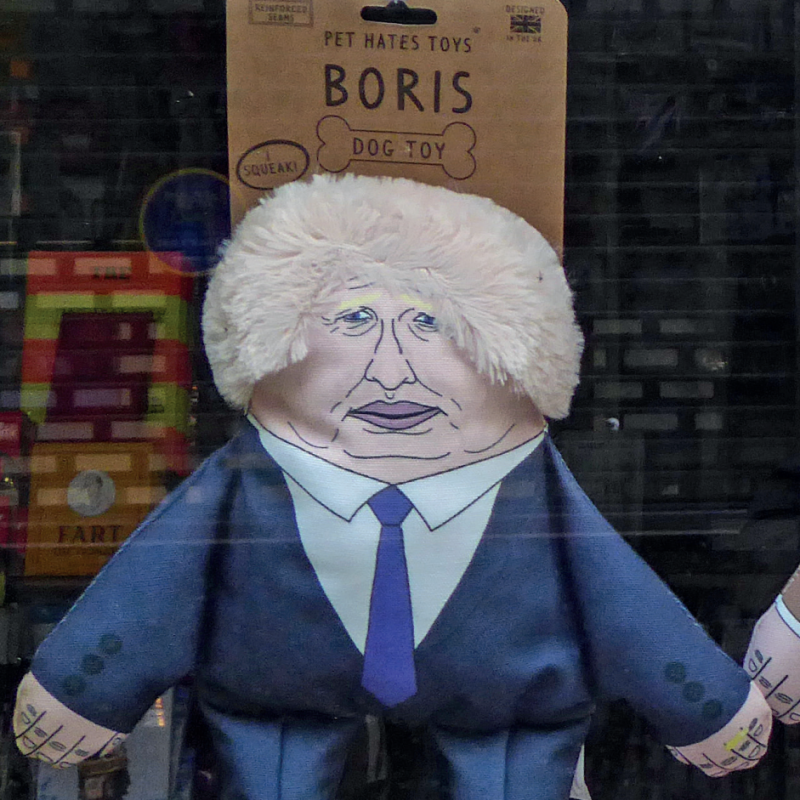Researchers from the National Robotarium in Edinburgh are developing a method to help with cancer operations.
14 February 2022
A breakthrough technique which will help restore the “feel” to robotic surgery, improving outcomes for cancer patients, has won a grant worth more than £1 million.
Researchers from the National Robotarium in Edinburgh are developing a method to help work out how much of a patient’s tissue is affected by cancer and should be removed.
The new method, which has been awarded £1.25 million from the Engineering and Physical Sciences Research Council, will give surgeons real-time feedback, allowing for greater precision when differentiating normal from abnormal tissue.
Hugh Paterson, a consultant colorectal surgeon at Western General Hospital in the capital, hailed the project as “extremely exciting”.
“We believe this new technique will restore feel to surgeons doing robotic surgery, allowing greater precision through accurate assessment, hugely benefitting patients and significantly limiting repeat surgery and the need for additional treatments,” he said.
The new method, being developed in a partnership between Heriot Watt University and the University of Edinburgh, will allow mechanical measurements to be taken inside and around the surgeon’s target area.
A computer algorithm will interpret the readings, providing doctors with a clear indication of the tissue’s disease status and determining how much to remove during the operation, allowing for much greater precision in surgery.
The outer rim of tissue the surgeon chooses to remove is known as the surgical margin.
At the moment margins are identified by the surgeon’s experience, scans, observations, and in open surgery, how it feels.
But in keyhole surgery, using laparoscopic, endoscopic or robotic operations, surgeons cannot use feel to determine tissue characteristics, which this new method will help to bring back.
Mr Paterson said: “Currently, although surgeons use detailed pre-operative scans to decide on surgical margins during surgery, they also use vision and feel to distinguish normal and abnormal tissue.
“Feel is much reduced in keyhole surgery, and almost completely absent in robotic-assisted surgery.
“Margins can be particularly difficult to determine in confined spaces such as rectal or pelvic organ surgeries where taking a wider margin can be challenged by the organ’s close proximity to vital nerves and blood vessels.”
Dr Yuhang Chen, from the National Robotarium, is leading the research and said that the new technique will “offer surgeons a quantitative, real-time, reliable and evidence-based method for determining the optimal surgical margin to make when removing a tumour”.
“Surgeons operating along a keyhole or using techniques for minimally invasive surgery need to identify different structures or diseased areas, even when these look very similar,” he added.
“Our work is aimed at identifying the optimum margin in cancer surgery, to allow the removal of a tumour together with enough tissue to ensure the cancer is completely removed, but without excess being lost.”



